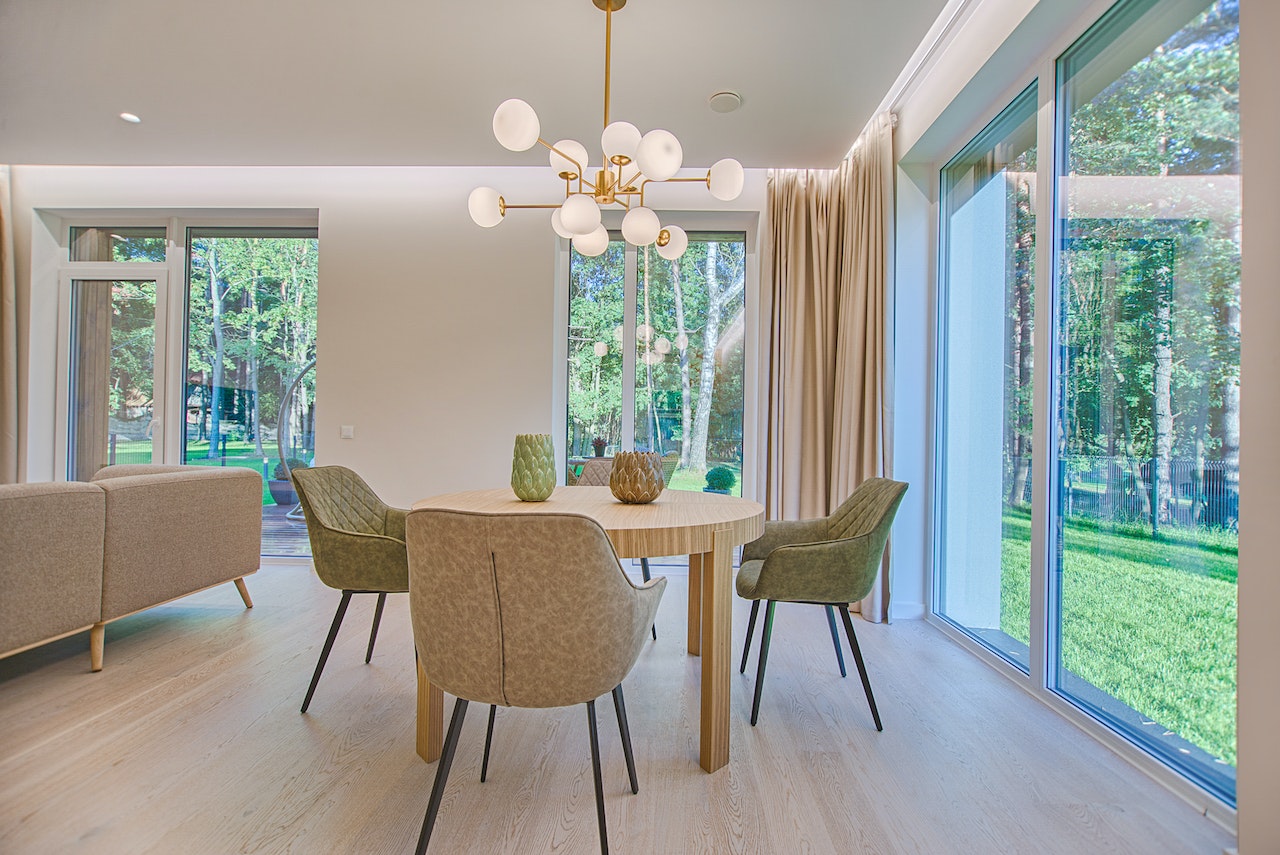
Disclosure – this is a collaborative post
Open-floor homes have long been in vogue. What’s not to love – the expansiveness of a single living space, unencumbered by walls and partitions, allows for a totally unique domestic experience, perfect for sparking both mental and practical creativity.
Window coverings and other hanging fabrics can be used to divide that space in a flowing, temporary way, allowing you to define different parts of your home for different activities. Let’s explore how you can go about that process of zone division.
Defining purpose
While this process is partly about adding colour and visual interest to your home, it’s also based on increasing the functionality of your open-plan space. As a result, you need to think about what you’re going to use each of your newly defined areas for. Are you making a temporary dining area? A long-term workspace? Thinking about purpose is an important first step before you get into the nitty gritty practicalities.
Lightweight curtains
When it comes to dividing open-plan homes, it’s normally best to go with lightweight curtains. Using big, heavy drapes can sometimes be appropriate, but it can spoil the open, airy feel that’s so unique to open-plan spaces.
Think about going with a light linen or sheer fabric from a supplier such as Woodyatt Curtains. Sheer curtains can create a little division and privacy, while still letting light spread throughout the building.
Go floor to ceiling
When dividing spaces with fabrics, it’s generally best to go with floor to ceiling curtains. Just hanging them for half of the height or a similar percentage can be less than optimally effective, and can add a certain confusion to the space that’s not to be desired.
Full length curtains that very gently pool on the floor tend to be best, although of course, how long you go is ultimately down to your personal aesthetic preferences.
Experiment with colour
A lot of people use neutral colours for their fabric space dividers, but we think that often represents a missed opportunity. You don’t have to be incredibly bold, but you can definitely experiment a bit with colour.
You can also use different colours for different spaces; for example, you could have a vibrant blue for your working space, a deep, forest green for your dining area, and a soft orange for your bedroom. Each colour will contribute to creating a series of moods and vibes, all of which can be changed by simply drawing back the curtains.
Coordinate
Finally, while it’s great to experiment, you need your curtains to match the rest of your interior design. This doesn’t mean that you need to use a tartan curtain if you have a tartan chair in the corner, it just means that you need to remain aware of the other potentially complementing or contrasting colours.
There you have it – dividing an open-plan home with curtains isn’t too tricky at all. It’s a great opportunity to get creative, to add a little colour and depth to your home environment without doing anything too permanent or drastic.
Disclosure – this is collaborative post.
